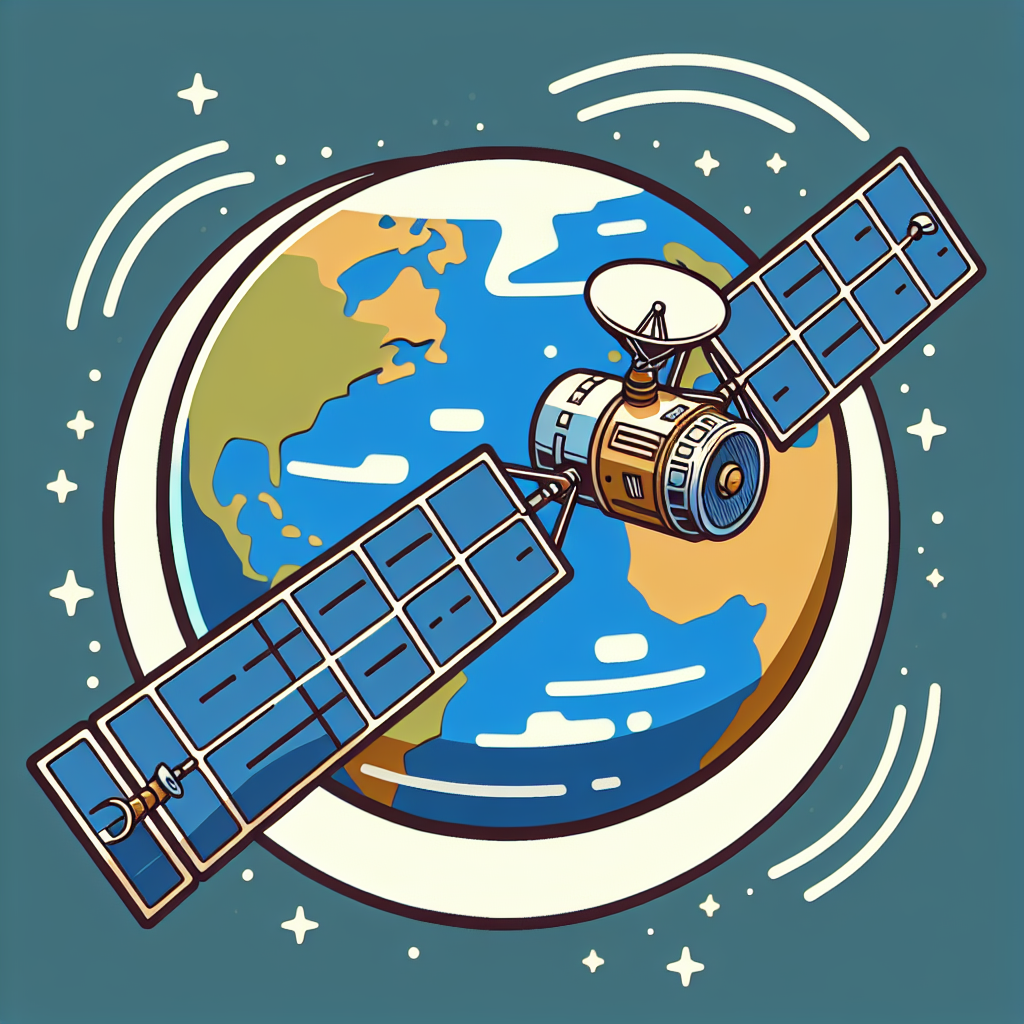
Exploring Earth with the NASA-India NISAR Satellite: A New Era of Planetary Monitoring
The collaborative efforts between NASA and the Indian Space Research Organisation (ISRO) have recently given rise to the NISAR satellite—a pioneering venture that promises groundbreaking capabilities in earth observation. Launched amidst significant scientific anticipation, NISAR is equipped to revolutionize how we perceive and understand terrestrial changes across the globe.
Unveiling the Mission: What is NISAR?
NISAR, short for NASA-ISRO Synthetic Aperture Radar, stands as a beacon of international cooperation in the space research community. This satellite is imbued with synthetic aperture radar technology that can monitor Earth’s land and ice-covered surfaces in unprecedented detail. With its dual polarization radar, it operates in two microwave bandwidths (L-band and S-band), which enhance its ability to penetrate terrain and deliver detailed 3D images. This dual-band approach allows for comprehensive global monitoring, including disaster management, agricultural monitoring, and the observation of forest biomass [JPL, NASA].
The Importance of Dual-Band Radar Technology
SAR technology functions effectively regardless of daylight or weather conditions, offering a significant advantage over optical imaging systems. This ability to see through clouds and at night makes it a vital tool in tracking and managing global environmental changes, such as those observed in Earth’s glaciers and ice sheets [NASA]. However, the most revolutionary aspect is its ability to detect even the minutest of changes, which is crucial for understanding the dynamics of our planet under the stress of human activity and natural phenomena.
The Challenges and Opportunities of Earth Monitoring
Given the increasing frequency and intensity of natural disasters, the role of satellites in providing real-time data has become indispensable. NISAR’s data will enable authorities and environmental scientists to respond more effectively to natural disasters like floods and earthquakes by providing timely and accurate information. For instance, data from NISAR could improve response times for tsunami alerts by precisely mapping tectonic shifts [NY Times].
Application in Agriculture
Beyond disaster response, NISAR holds promises for agricultural sectors. By closely monitoring crop patterns and soil moisture levels, it can assist in enhancing crop yield predictions and managing agricultural resources more efficiently. This data is essential for coping with the food security challenges posed by climate change.
Environmental Conservation Efforts
The ability to precisely measure deforestation and forest degradation levels allows for better conservation strategies. NISAR is expected to play a crucial role in tracking compliance with climate agreements such as the carbon budgets set by various climate accords [CNN].
Collaboration: A New Horizon
The NISAR mission exemplifies the global collaborative spirit necessary for addressing planetary-scale issues. This partnership not only encapsulates technological triumph but also signals a pivotal step towards fostering international cooperation in space exploration. The mission underscores the importance of pooling resources and expertise to transcend national boundaries in the pursuit of scientific discovery and environmental stewardship.
Future Prospects and Developments
With NISAR successfully launched, the horizon is filled with possibilities. The data collected will be invaluable for various scientific collaborations worldwide. Researchers will soon be able to dive deeper into studies ranging from Earth sciences to climatology and urban planning. Moreover, the successful deployment and operation of NISAR could serve as a blueprint for future collaborative missions, inspiring more countries to join efforts for the shared goal of understanding and preserving our planet.
Imagining this new satellite eye in the sky watching over us, it’s clear that NISAR is not just about observing Earth’s current state but rather imagining a sustainable future in which such tools can help us mitigate some of the pressing concerns our planet faces.



